ADA Stairs: Understanding the Requirements
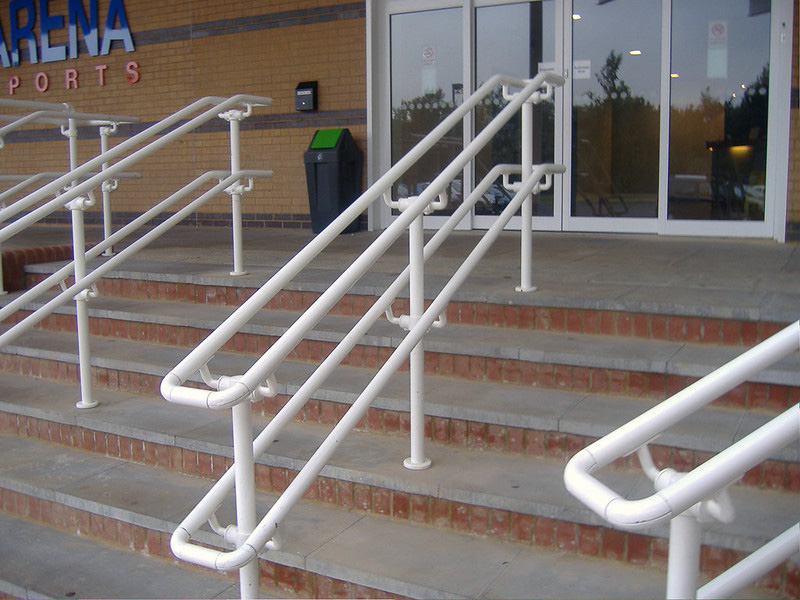
Have you ever wondered if your stairs are actually compliant with ADA standards? You walk up the steps and that one rise gives you pause.
So, instead of pushing that feeling down, you decide to look up code to find out if your concern is valid. Now you’re faced with a wall of text and have no idea where to start.
I get it. That’s why I climbed that wall for you. I laid out what you need to know to make sure your current or about-to-be-built stairs are compliant.
The good news is that it’s not complicated. So, here are the 3 things that you need to know.
ADA Stair Dimensions
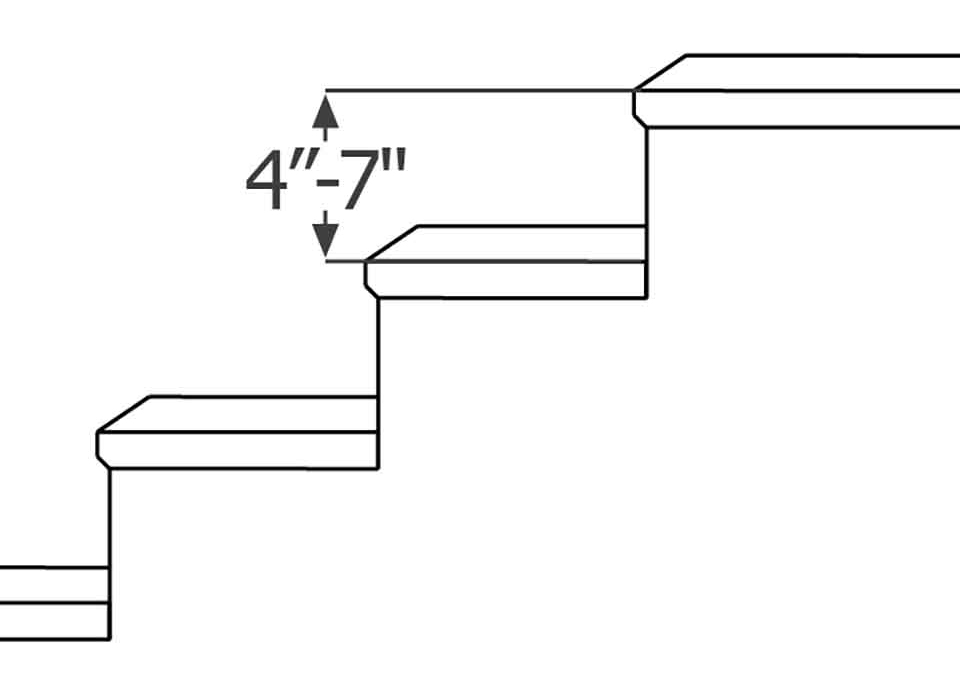
All your steps need to be the same height and depth. No height should be less than 4 inches or greater than 7 inches. The depth of your step should be at least 11 inches.
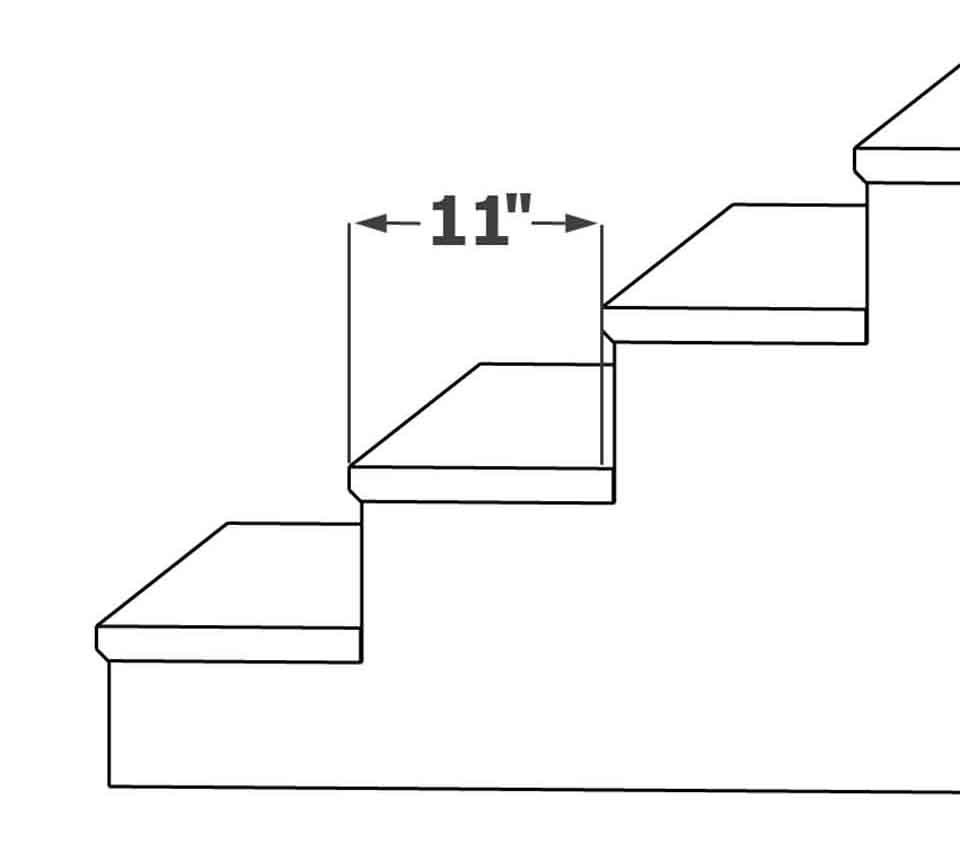
It’s important to note that the depth is measured to the tip of the nosing of the next step instead of the wall. This is important because some stairs have nosings that protrude from the stair back.
What’s a stair nosing? I’m glad you asked. A stair nosing is the portion of the tread that sticks out beyond the riser below.
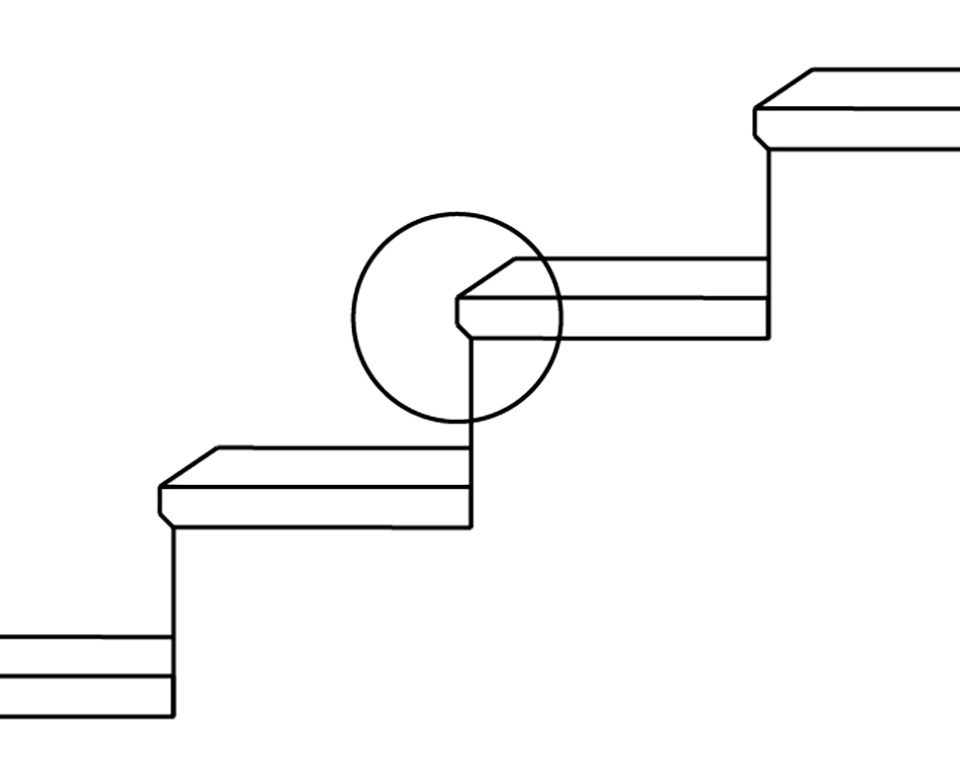
The clear opening width of the stairs is at least 36 inches. Make sure to remember this when installing the handrails that you need, which we’ll talk about later.
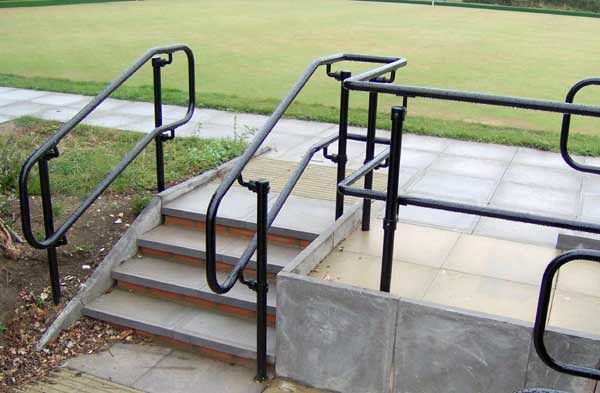
ADA Stair Surface
All surfaces on your stairs need to be stable, firm, and slip-resistant.
A stable surface will keep its original shape after force is applied. A firm surface resists being deformed by indentation or when particles move across it. A slip-resistant surface provides enough friction to allow for safe walking.
The stairs should not have a slope greater than 1:48. This is flat, so if your stairs look sloped, then you should definitely check the angle.
Any holes in your stair surface should not allow a half-inch sphere to pass through at any point. If the holes are long on one side, then the long side should be perpendicular to the direction of travel.
ADA Stair Handrails
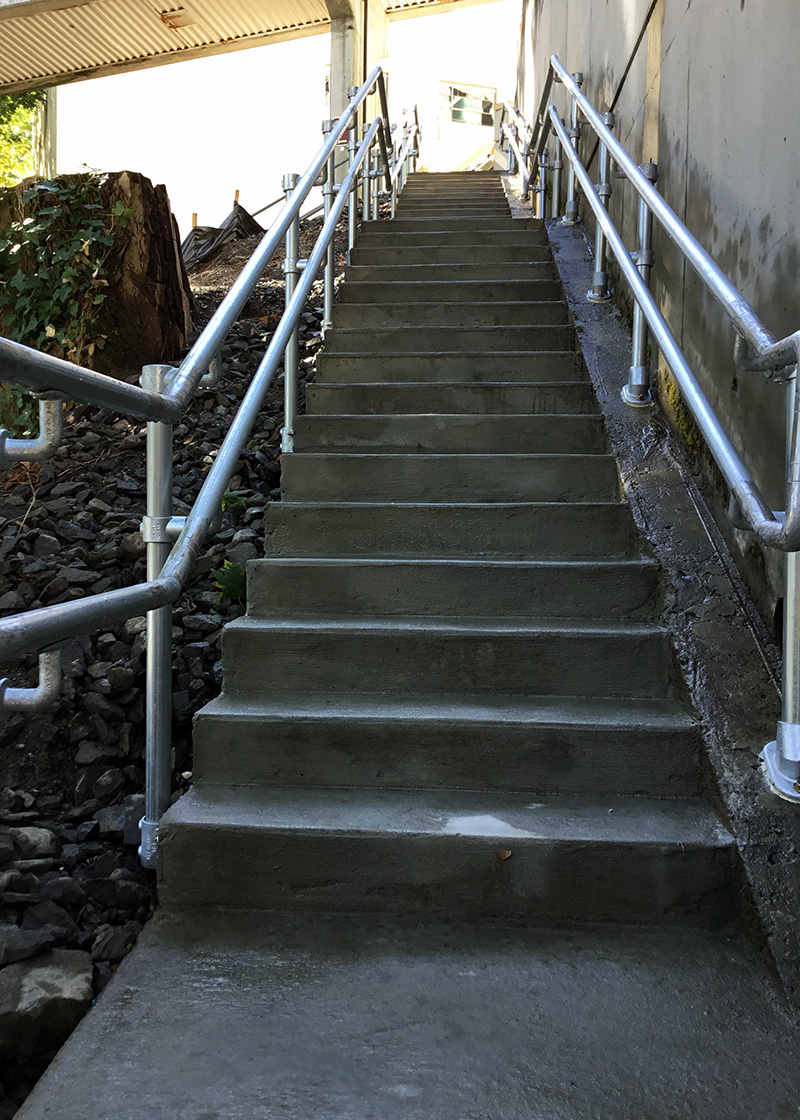
All stairs need to have handrails on both sides to be ADA compliant. You can learn more about how to comply with ADA handrail requirements by reading our guide.
Here is a quick overview.
- ADA handrail height should be between 34 and 38 inches. This is measured from the tip of the stair nosing.
- Handrails should be continuous and smooth.
- Handrails should have at least a 1-½ inch gap from any adjacent surface.
- Handrails at the top of stairs should level out and continue for an additional 12 inches.
- Handrails at the bottom of stairs should continue for the length of the depth of a stair tread.
- All handrails should either end in a wall, a landing surface, a guard, or continue onto an adjacent handrail.
Remember to read our ADA railing requirements guide to get more information.
You now have what you need to inspect your existing stairs or design new ones. Take the time to do this right and allow those with disabilities to have safer access.
If you have more questions, then please reach out to one of our experts. You can call us or email us and we would be happy to help you!



